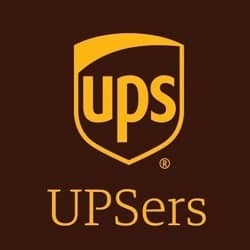UPSers has established itself in many parts of the world, including cities in Europe, Asia-Pacific, Canada, and Latin America, the Indian subcontinent, the Middle East, and Africa. UPS users always strive to provide the best package delivery services around the world. They make sure the package is delivered safely and on time.

The UPSers 401k plan begins with the return of a certain amount by the UPSers for their own benefit. The 401k plan is an investment plan for employers and employees that allows workers to save and invest their paycheck money before taxes are deducted from wages.
The plan is based on the provisions of the Employee Retirement Income Security Act (ERISA) 1974, as amended. Participants should review the planning report for more complete data. On January 1, 2013, the name of the 401k plan changed from the UPSers Savings Plan to the UPS 401 (k) Savings Plan.
The 401k plan went into effect on July 1, 1988, and has been modified several times. The plan allows participants to use part of their coverage under the Internal Revenue Service (IRS) annual limit of $ 17,500 from a pre-can and/or Roth source under the federal plan (IRC) section 401k of the code of income.

The 401k plan also provides after-tax contributions. The company has developed a UPSers 401k plan for employees who work for the company. This means that various discounts are given to currently employed employees.
Rules and Regulations 401K Plan:
You must change the highest investment amount that you can invest in the 401k plan. In 2019, the basic contribution limit is approximately $ 19,000 per year. However, the age of the employee must be less than 50 years old. If the employee is over 50, the limit is $ 25,000.
Note that this includes the $ 6,000 upgrade contribution. If you want a tax deduction, the employee’s total income limit is $ 56,000, whichever is less. If the age is over 50, it’s $ 62,000. Most financial professionals assume that the contribution will increase and that the numbers will inevitably change. The UPSers 401K plan helps employees protect their lives after retirement.